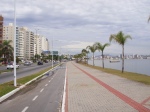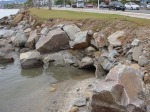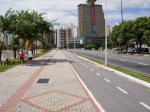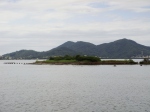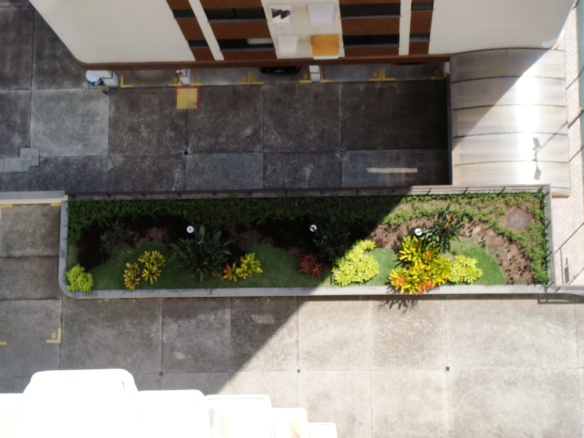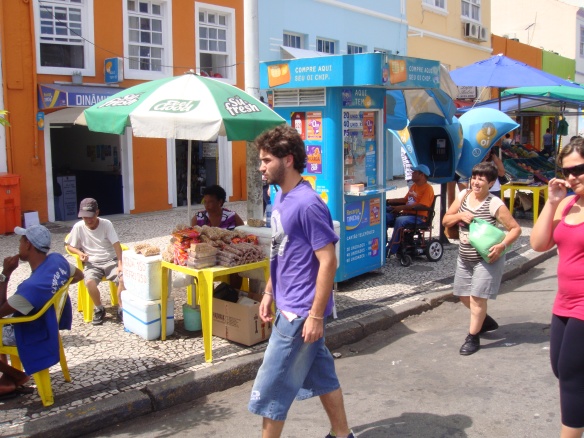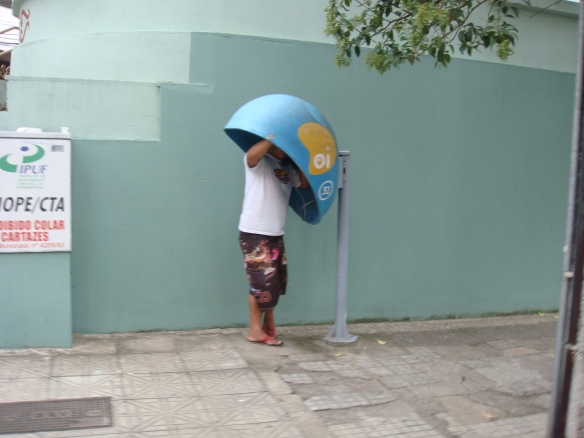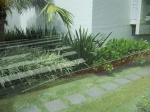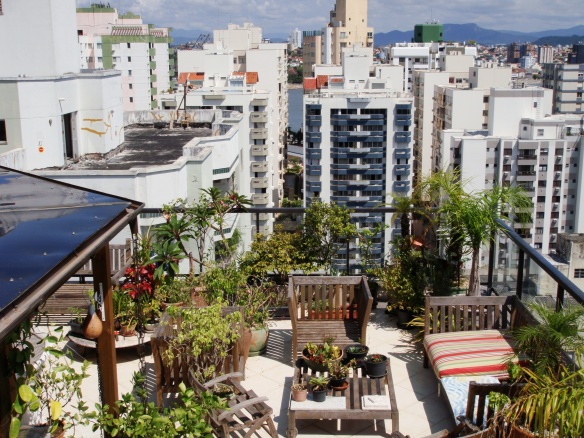


PROJECT TEAM:
Jacques Abelman, Celine Baumann (celinebaumann.tumblr.com), YukaYoshida
The Wildpoints strategy creates a new form of urban green by actively seeking out new places for nature to colonize the city. The end result of found nature and design interventions adds up to an urban biodiversity network.
Discovering Wildpoints
The small presence of uninvited nature in the city – where wild grasses and plants come up through the cracks, providing food and shelter for insects, birds, and other small urban animals, are almost never created intentionally. They spring up at construction sites in disturbed soil, in quiet alleys where wind-borne seeds settle and thrive between bricks, or under bridges where mosses and ferns find the humidity and darkness they need.
These sites are reservoirs of genetic diversity as well as habitats for uncounted species. They are also moments of unexpected beauty that could become a new form of “wild” garden, to provide visual pleasure in otherwise sterile and mineral urban environments. The Wildpoints concept augments the way nature already infiltrates the urban fabric by studying and replicating nature’s own strategies, augmenting the sites where nature can take hold through specific design interventions. The result is an urban biodiversity network of micro-habitats that adds a living layer to the city.
What is biodiversity in the city?
Biodiversity can have many interpretations. Three key elements of biodiversity are species diversity, ecosystem diversity, and genetic diversity. For instance, the green lawns of city parks or planters filled with one or two species of decorative plants are not biodiverse. For biodiversity to occur and become part of a larger ecosystem network in a given location, to actually become vital nature, we must look farther than traditional conceptions of green in the city.
We define biodiversity in the city as the network of urban biotopes where indigenous species of plants and animals thrive, and natural ecological processes occur with or without the influence of humans. We propose that by carefully examining the places where nature colonizes the city, in urban cracks and out of the way places, we can amplify nature’s potential to be present in the city. The accumulation of many small zones that can be considered pocket parks establishes a network through which an ecological web of relationships can be established.
4 New Biotopes for Urban Sites
The foundation of the Wildpoints concept uses biomimicry as a design strategy. Biomimicry is the examination of structures and processes in nature in order to find inspiration for solving human problems. In this case the first part of the Wildpoints strategy is looking for places where nature is already colonizing locations in the city, and creating species richness and diversity with no help from humans. The second step is finding other locations with similar conditions but where nature is unable to take hold. The design interventions provides a growth substrate which is modular in nature, upon which plant growth can occur. Our initial research into exisiting Wildpoints shows four primary potential sorts of new urban biotopes.
The Wildpoints strategy intervenes in two ways to create a biodiversity network.
First, wild sites where local plants and animals are thriving and creating spontaneous habitats are located and researched to understand what conditions exist there to allow nature to colonize the city.
Second, other sites where similar conditions exist but where plants and animals cannot take hold are located. Lightweight natural fiber panels are placed on façades, on hard surfaces, or floated in the water and hold a layer of soil that will seeds to cling and germinate. The correct plants and seeds can be brought in from the wild sites in the city, and augmented with other indigenous species.
The lightweight modular panels can be cut and assembled in a variety of patterns. After several seasons the panels will be covered with vegetation that requires no maintenance, creating habitats for insects, birds, and other small animals.
Results and Benefits
The biodiversity network of found and new Wildpoints allows insects, birds, and small animal species to establish themselves in micro-habitats across the city. Because the territories of birds and animals will be extended through the network, as well as seeds being transported by animal and wind, the Wildpoints will continue to evolve in richness.
This new living urban layer will also have additional functions. Floating plants will play a role in keeping waterways clean. Climbing green will absorb rainwater and help to cool buildings. The accumulated affect of vegetation surfaces will help remove particulate pollution from the air, as well as producing oxygen and acting as a carbon sink.
For humans, the Wildpoint network will be a new way to experience nature in the city. The web of life and ecological cycles will gain a new visibility. Abandoned lots will give way to colorful meadow patches. Unused infrastructure and building surfaces will feature beautiful green surprises around unexpected corners, teaching, relaxing, and delighting.








